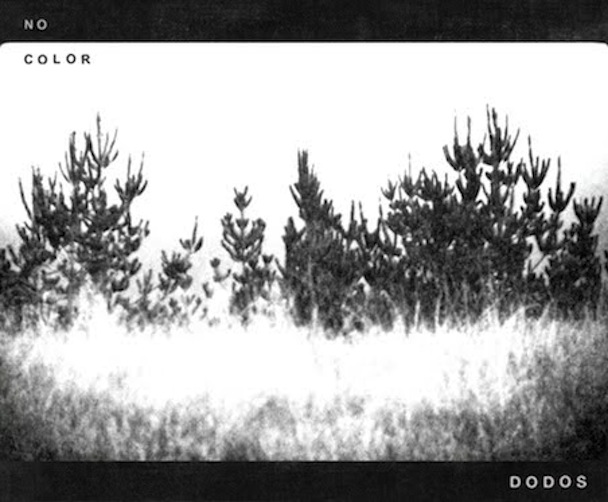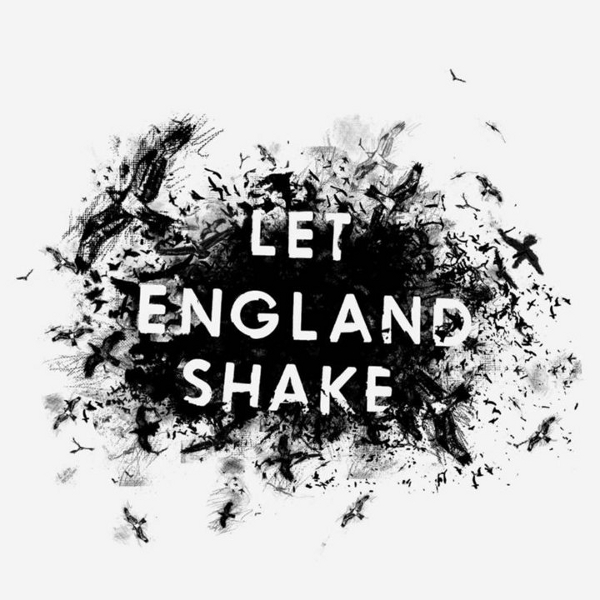 The Dodos push aside their prior dullness, and give us something that's actually halfway-decent again.
The Dodos push aside their prior dullness, and give us something that's actually halfway-decent again. Dodos are back to being a duo, in case you didn't know. I say that because I didn't. I wouldn't have had thought they were anything more than a two-person band if I didn't witness them take away the show when they opened for the New Pornographers in the Summer of 2010. It may have been that third member that made Time to Die so uninteresting, as they managed to be more assertive with creativity on No Color.
On their new release, The Dodos do what they always do. “Black Night” moves quickly, being perpetuated by Meric Long's extremely swift finger-picking. This energy is built by Logan Kroeber's heavily bassed heartbeat rhythm. (Note: Kroeber does not play with a bass drum, but rather synthesizes his low percussion sound with tom drums.)
I get the impression that the Dodos are fixing their mistakes, making up for the laziness that seemed too evident on their last release, Time to Die. The second track “Going Under” is a beautiful, memorable piece that will remind Dodos fans of their greatest songs, such as Visiter's “Fools” or Time to Die's seemingly single gem, “Fables.” This song will be one of the quintessential Dodos tracks, observing all traits that make up the Dodos' character: Kroeber's drum-rim-beating syncopation combined Long's sing-along chorus. Then of course, there's a powerful acoustic breakdown later in the track. [Insert sigh of relief.]
On “Don't Try to Hide It” the Long pulls your attention with an unusually folky strum pattern without a drumbeat that pounds on every note. Kroeber doesn't fail to deliver though, with something more tribal on this song. Long chants his mind-sticking chorus: “Don't try and hide it/Don't try and fight it”. I feel as if I could hear this performed right outside, with just some kid strumming away abusing his bass drum; it's a very realistic track where Long takes a step back from fast, bluegrass picking to perform something more approachable.
“When Will You Go” demands more sentimentality than it's more traditional predecessor. It's choppier, in a manner that goes outside of the Dodos typicality, but rather in a not-as-bright Vampire Weekend “A-Punk” way.
The next song, “Hunting Season” has a grungy, rough electric guitar melody that comes in during the middle of the song. It's strange and confusing, giving the song a sound as if it belongs on some lo-fi record from 15 years ago or possibly on your local “alternative” station-- regardless, it's rather peculiar and presents an awkward problem with the album; the electric guitar is distracting from the other voices of the songs. It also appears earlier in the album on “Don't Try to Hide It.” Although this is one of the stronger tracks on the record, it only sorta works here; it's still very upfront and blatant, deteriorating one's ability to appreciate the intricacy of Long's acoustic lines being interwoven with Kroeber's pounding.
“Don't Stop” is the conclusion to No Color and is a solid one at that. It's not some obnoxiously long epic tail that just throws around different lines of instrumentation, but rather it's curt, with an attractive, slower verse that covers Long's guitar at it's quickest and most elaborate. The song eventually slows, and with that, Kroeber eventually takes the musical attention and assists in building up the last minute of the song to an end.
No Color, although more of a comeback for the Dodos, does not have the same dynamic character as Visiter, which had 14 very distinct tracks. In general, they tend showcase the same style on each song on No Color. Nonetheless, it's extremely evident that the Dodos have the drive to try to erase past mistakes and drive themselves to stressed-phrased oblivion.
